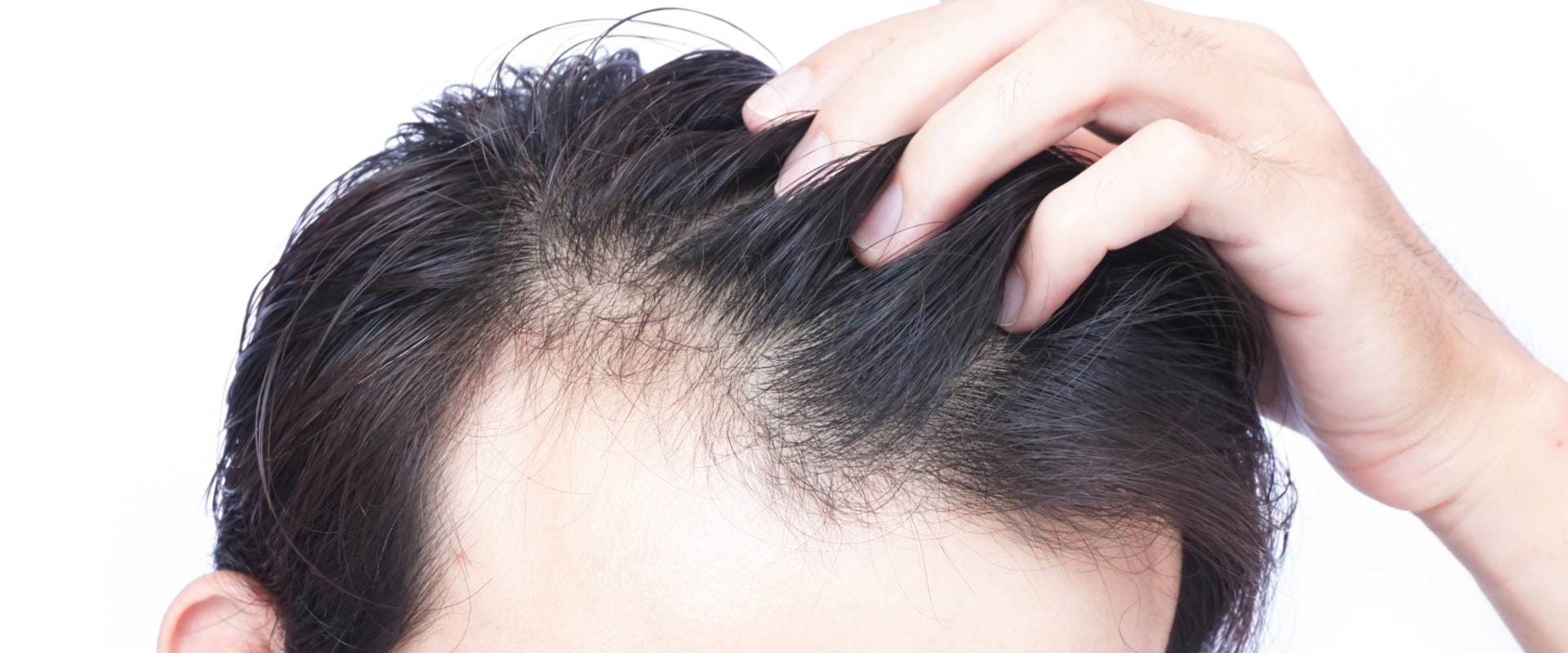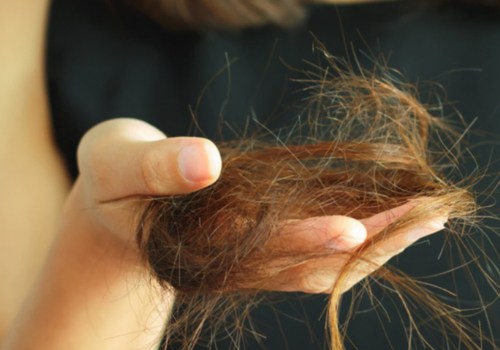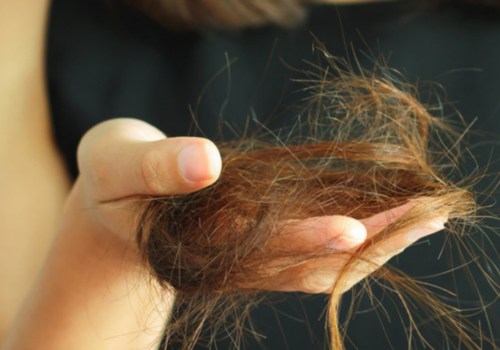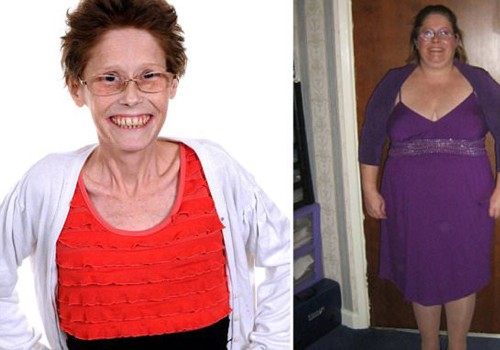Telogen effluvium (TE) occurs when there is a change in the number of hair follicles that actually grow hair. If this change occurs during the telogen phase or at rest of hair growth, it can cause hair loss. The hair loss that occurs from ET is completely reversible. Unfortunately, male and female pattern baldness is not reversible without surgical intervention.
However, if detected early enough, certain medications, such as minoxidil, finasteride, and dutasteride, can help stop the progression of thinning hair. Telogen effluvium is a form of temporary hair loss that usually occurs after stress, shock, or traumatic event. It usually occurs on the upper part of the scalp. Treatment of telogen effluvium depends on what triggers hair loss.
Once the trigger has been established and addressed, the hair cycle should be normalized and the hair will begin to grow again. A person should try to avoid chemical or heat treatments that could damage the hair. They should also avoid heat styling and heat treatment, such as curling or perming the hair. It usually lasts about 6 months, except in cases of chronic telogen effluvium, which lasts longer.
There is no specific treatment, but lifestyle and diet changes can be effective in starting hair growth. Traction alopecia is hair loss caused by tight hairstyles. Captured early, it is fully reversible and hair can grow back. A look at receding hair, a condition that can affect both men and women, where the hairline changes.
Minoxidil lotion is applied to the scalp and can work by increasing blood flow, and therefore nutrition, to the hair follicles. The American Hair Loss Association says that most experts agree that minoxidil is “a relatively marginal drug effective in the fight against hair loss. If the reason for thinning hair is genetics, it will not grow back on its own. To get a healthy and full head of hair again, you'll need to take action, and that means reviewing the different hair loss options.
Telogen effluvium is one of the most common types of hair loss. It is also largely reversible, which means that most people with this condition see their hair coming back. But the initial detachment and loss can be annoying for many. Depending on how much hair you have lost, you may be a candidate for non-surgical treatments to restore hair.
Remember, hair grows in cycles, so if you only notice strong hair loss now, the catalyst could have happened up to three months earlier. At the end of the procedure, the person will still have the same amount of hair, only it will be distributed more evenly around the scalp. It is characterized by an abrupt onset of hair loss, which is usually observed several months after a triggering event. Propecia, which is a prescription drug that restores hair follicles to their former glory, is a popular choice.
Over time, you'll start to notice that your forehead looks a little “longer,” or you'll usually start to notice the infamous “M” shaped hair growth pattern on the front of your scalp. A surgeon will remove tiny plugs of skin that contain some hairs and implant the plugs where the follicles are inactive. True and Dorin can determine the cause of hair loss and determine if it can be reversed naturally or through more invasive restorative techniques. The following conditions are generally considered to be naturally irreversible, and treatments such as FUE or other hair transplant methods are the treatment method needed to restore natural-looking hair growth.
DHT-blocking shampoos and conditioners that contain ingredients such as ketoconazole and pyrithione zinc have shown promise in helping reverse hair loss by potentially disrupting the production of DHT, the hormone associated with male pattern baldness. But it's important to understand that thinning your hair, whether it's looking in the mirror and physically noticing what appear to be thinner areas of the scalp, being able to see the skin on the scalp, or directly realizing that your hair is growing slower and thinning is a major sign that you are losing your hair that you have. You may worry that hair loss will simply continue for months or years until baldness is the inevitable result. Male baldness affects many men of different ages, and while there is no cure or way to reverse hair loss, there are options to reduce symptoms.
Without associating with Treg, stem cells cannot regenerate hair follicles, and this leads to hair loss. If hair restoration surgery is not the right treatment for you, your surgeon may recommend the best course of action to get a full head of hair once again. . .





